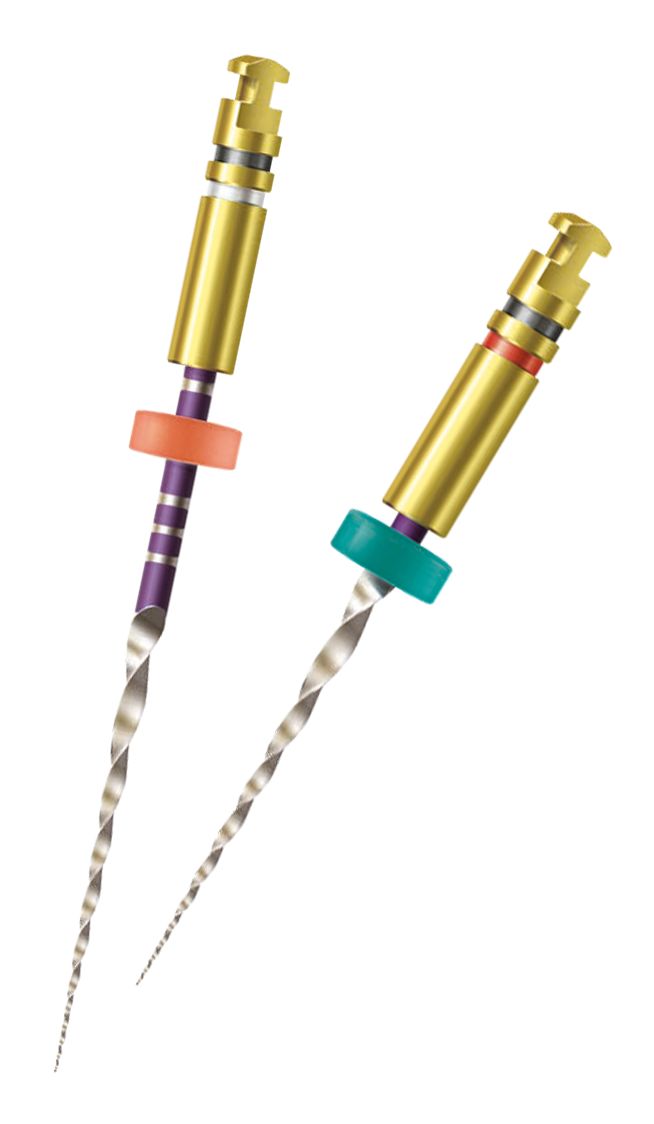Features

Peace of mind is made of Traverse™
Simplified, faster procedure
Utilization of Traverse™ Rotary glide path file simplifies the procedure, reduces procedure time and manual labor compare to SS hand files.
High resistance to stress and deformation
The Traverse™ files .13/.06 and .18/.06 have higher torsional resistance compared to One G™, ProGlider®, EdgeGlidePath™.*
More tapered glide path, reduced work load
The rotary glide path files create a more tapered glide path, thus reducing the work load on subsequent shaping files (compared with 02 taper SS files or 02 taper rotary glide path files).
Higher cutting efficiency
The files possess triangular cross section, thus exhibits higher cutting efficiency compare to other files with landed cross section.
Non-cutting tip, less debris apical extrusion
The Traverse™ files are designed with non-cutting tip, minimizing transportation. In addition, the Traverse™ files are optimized under rotary motion, which incur less debris apical extrusion when compare to files designed to be used under reciprocation motion No risk for cross contamination The files are offered in pre-sterilized packaging, eliminating the need to autoclave the file prior to first use.
* Internal comparison study just on torsional strength. Third party study with Dr. Kim (both torsional and cyclic) – Traverse study report.
The trademarks noted are owned by Kerr Corporation (Traverse) and Coltene/Micro Mega (One G), Dentsply Sirona (ProGlider), EdgeEndo (EdgeGlidePath), registered in the U.S. and other countries.






